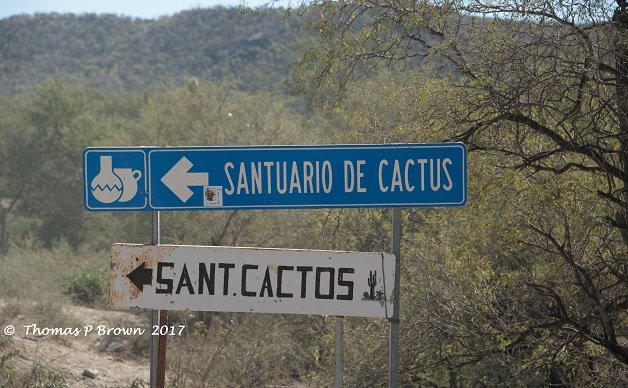
Now that we have returned to our adopted home of La Paz, Mexico, our bones are starting to thaw out from the trip to chilly Seattle. Last Saturday, I was walking around the Nisqually National Wildlife Refuge, on a cloudy, gray 28F morning. One week later, I am strolling thru the Baja Sur Cactus Sanctuary, with a much more comfortable, sunny 86 degrees. Ahh, what a difference a week can make!
This small bit of arid land that has been set aside to display, and preserve the various species of cactus from this region is about a 45 minute drive from La Paz. This sanctuary has 60 of the worlds 153 cactus genera. The sanctuary is found by traveling south west on highway #1, which is one of two highways that go from La Paz to Cabo San Lucas, and our major airport. The sanctuary has been very well laid out, with cleared paths and bilingual signage. There is a full time care taker, who also collets the $50.00 peso fee. This is $2.39 US dollars at today exchange rate. In addition to the cactus, there is a very diverse amount of foliage that has attracted a surprising amount of birds, despite the fact that there is no standing or available water in the area.
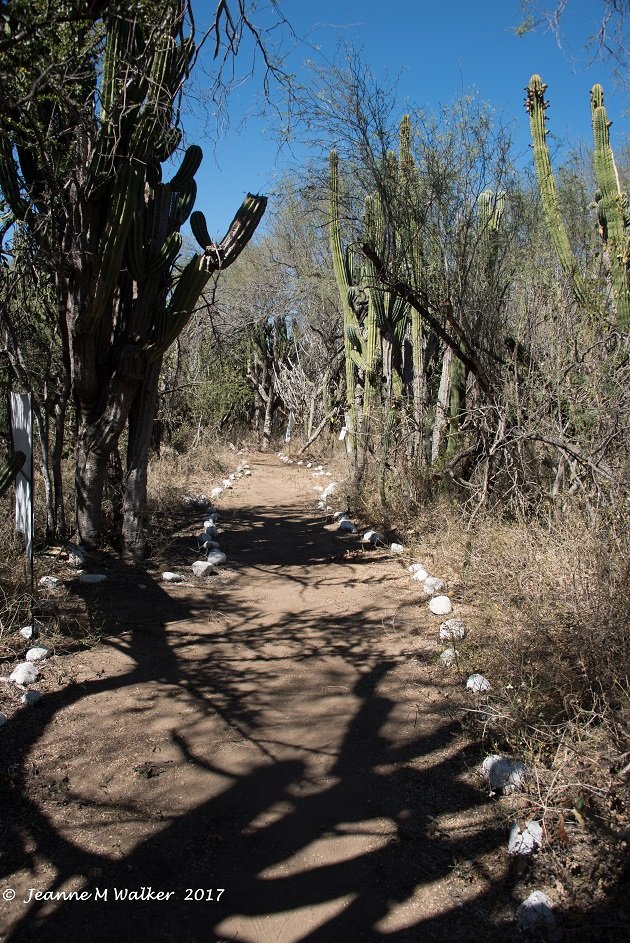
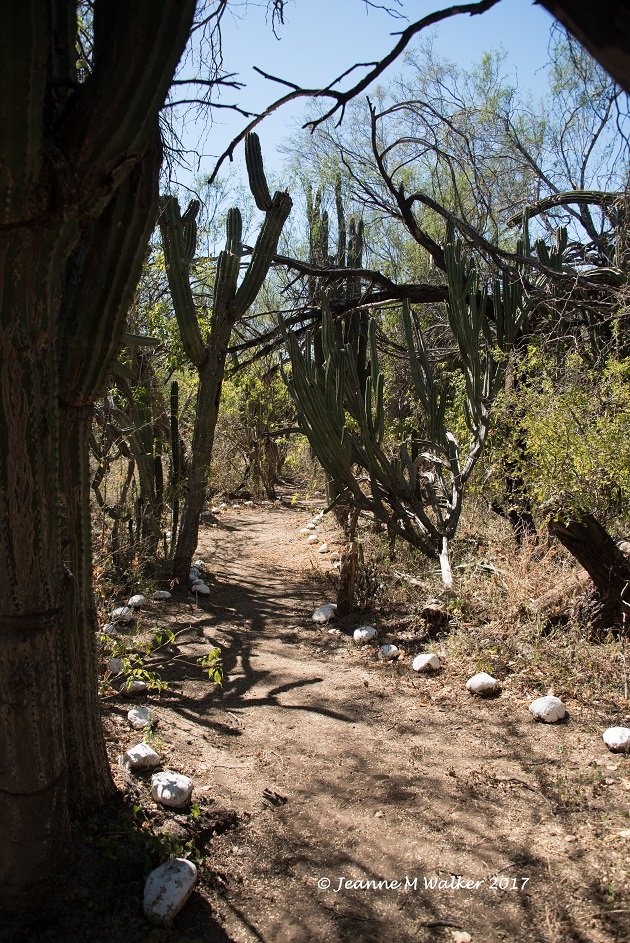
I was not surprised to see Ladder-backed Woodpeckers, Gila Woodpeckers, Cactus Wrens and Blue-gray Gnatcatchers, but there were a few species that certainly did surprise me. I was able to spot 5 different warblers, three of which appeared for the first time since I have been here on the Baja. Several Black-and-white Warblers, as well as one Black-throated Gray Warbler were in the sanctuary. The biggest surprise for me was the pair of Wilson’s Warblers, which I have rarely seen too far away from some source of water. Of course there were lots of Orange-crowned and Yellow-rumped Warblers as well.
This female Black-and-white Warbler must have found a sweet spot, as it sat right there and nibbled on something.
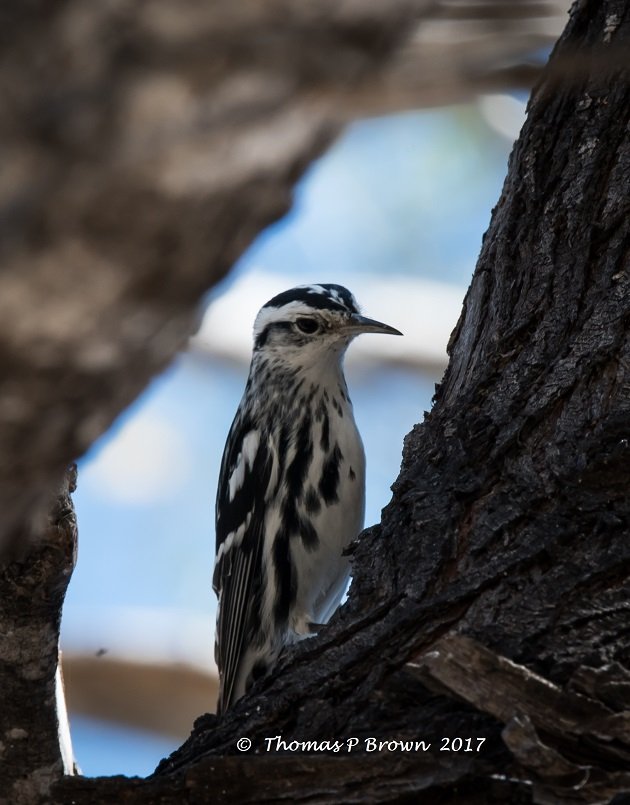
Not a great photo, but the unmistakable yellow spot on the Lores shows this to be a Black-throated Gray Warbler.
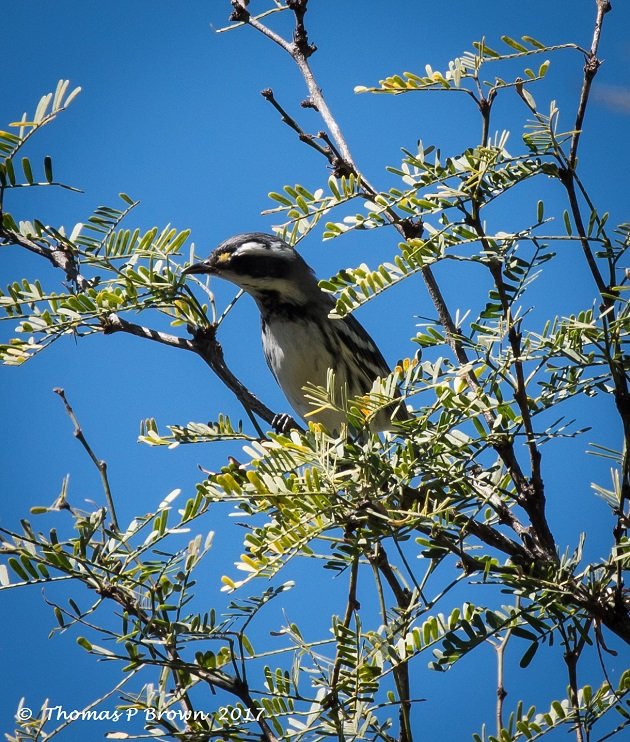
This Ladder-backed Woodpecker was chipping away, right above my head.
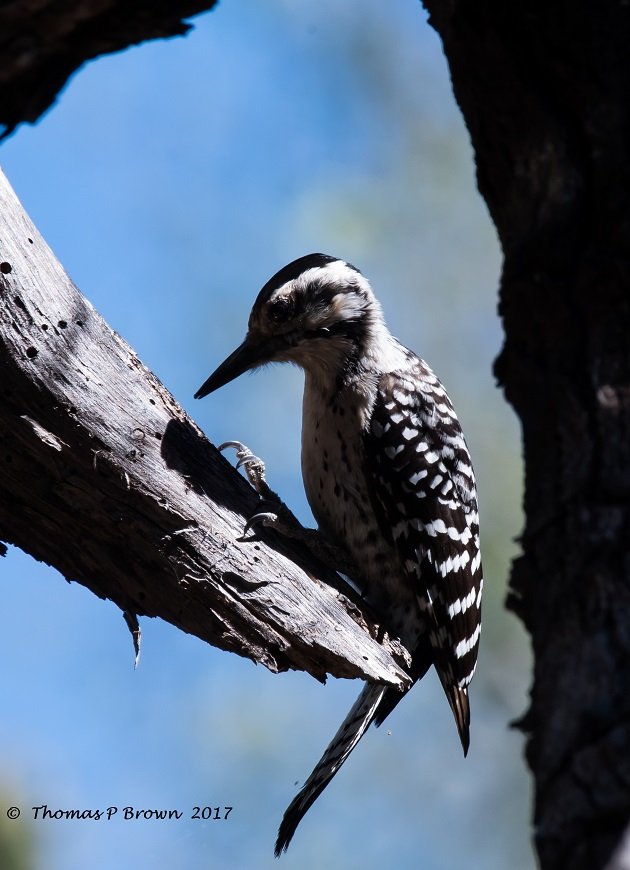
Here is one of the surprising Wilson’s Warblers.
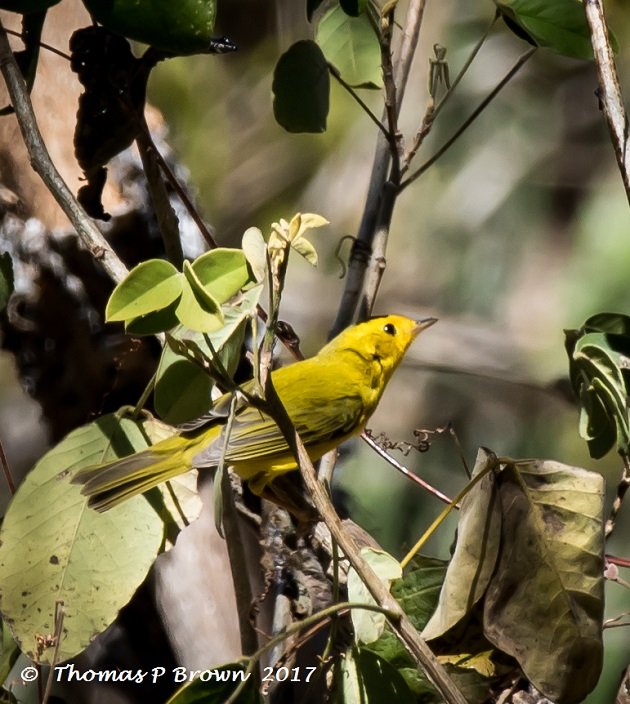
I spotted this female Black-headed Grosbeak picking it’s way thru the tree tops, grabbing seeds and insects.
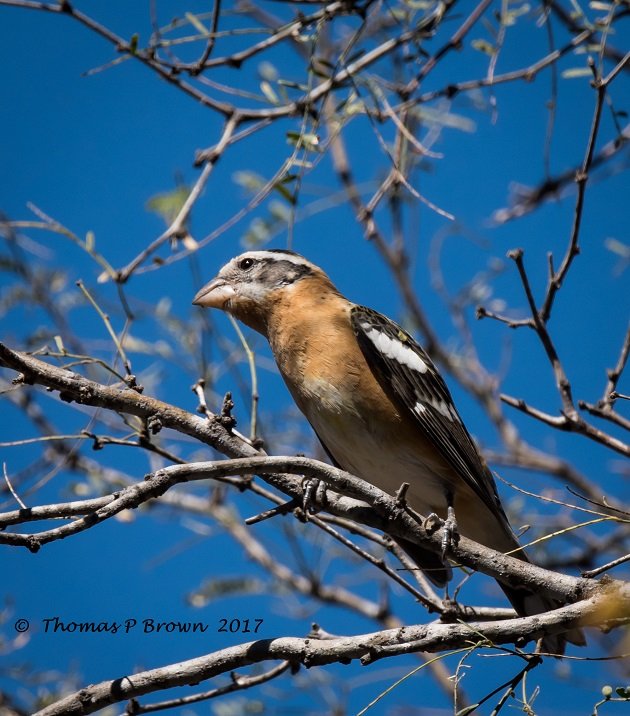
While I was in the Seattle area, there were lots of Spotted Towhees, and here in the Mexican desert there were California Towhees.
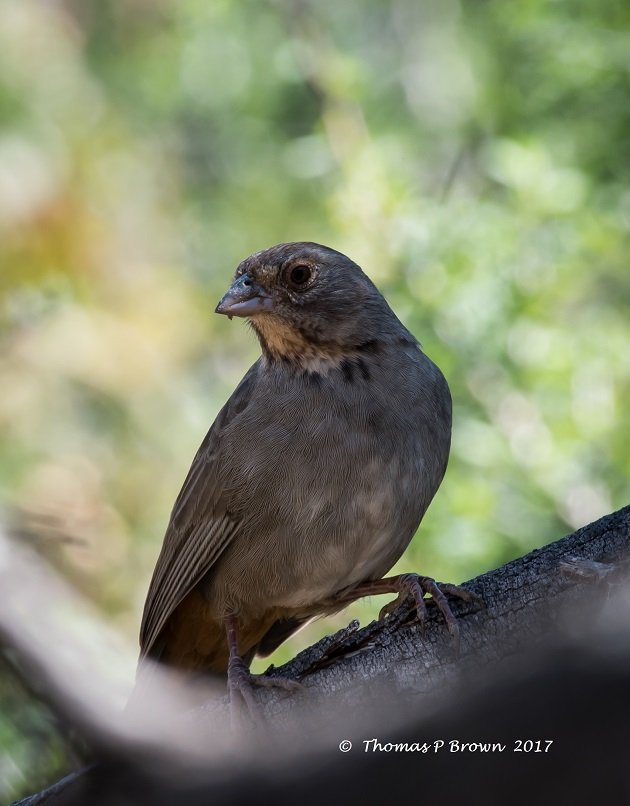
In the frosty PNW, I found Anna’s Hummingbirds, but here in the desert it was Costa’s Hummingbirds and (see below) Xanthus’s Hummingbirds.
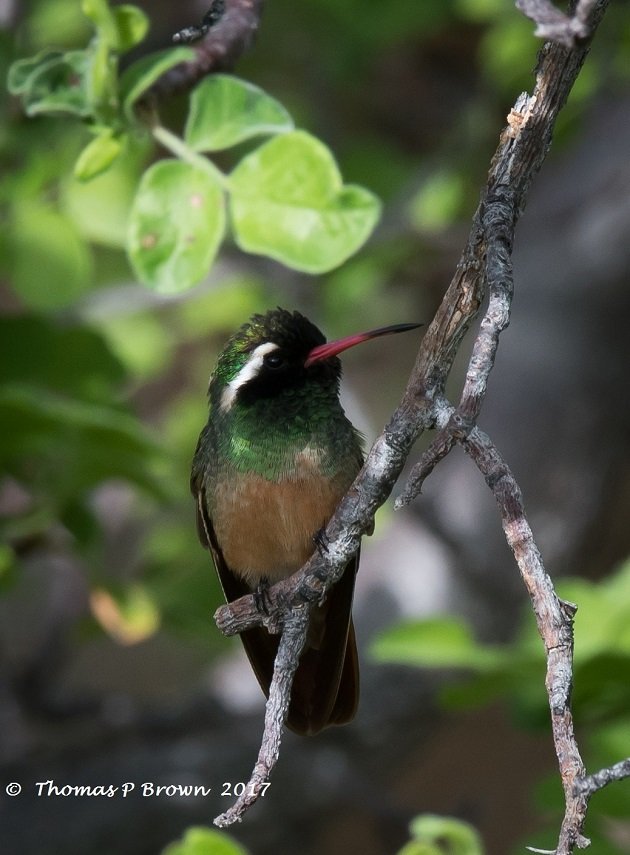
Despite seeing many of our local Bewick’s Wrens in Mexico, this well hidden House Wren is the first tick for the Baja, as well as Mexico.
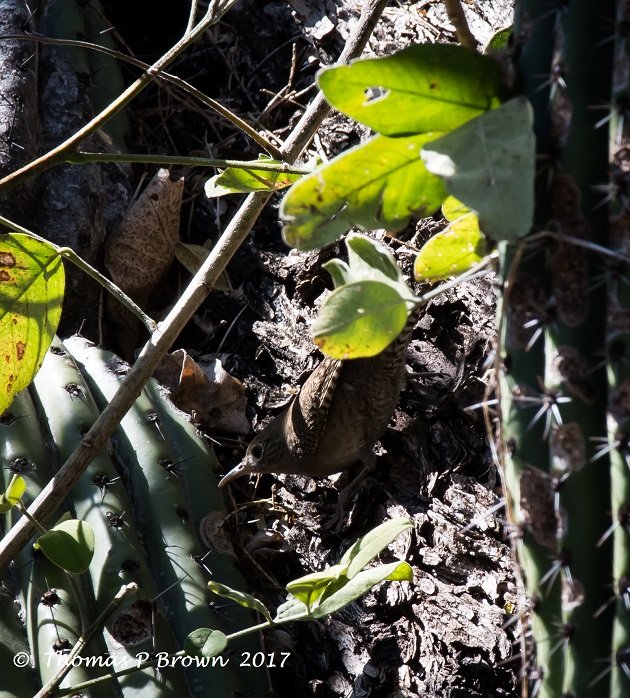
Don’t get me wrong, I really love the Pacific Northwest, and the avian diversity that it allows, but I am going to restrict my visits to the much warmer summertime months!


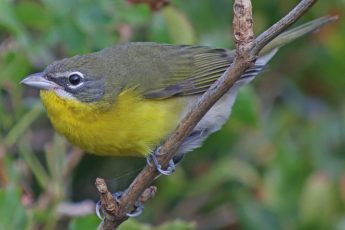
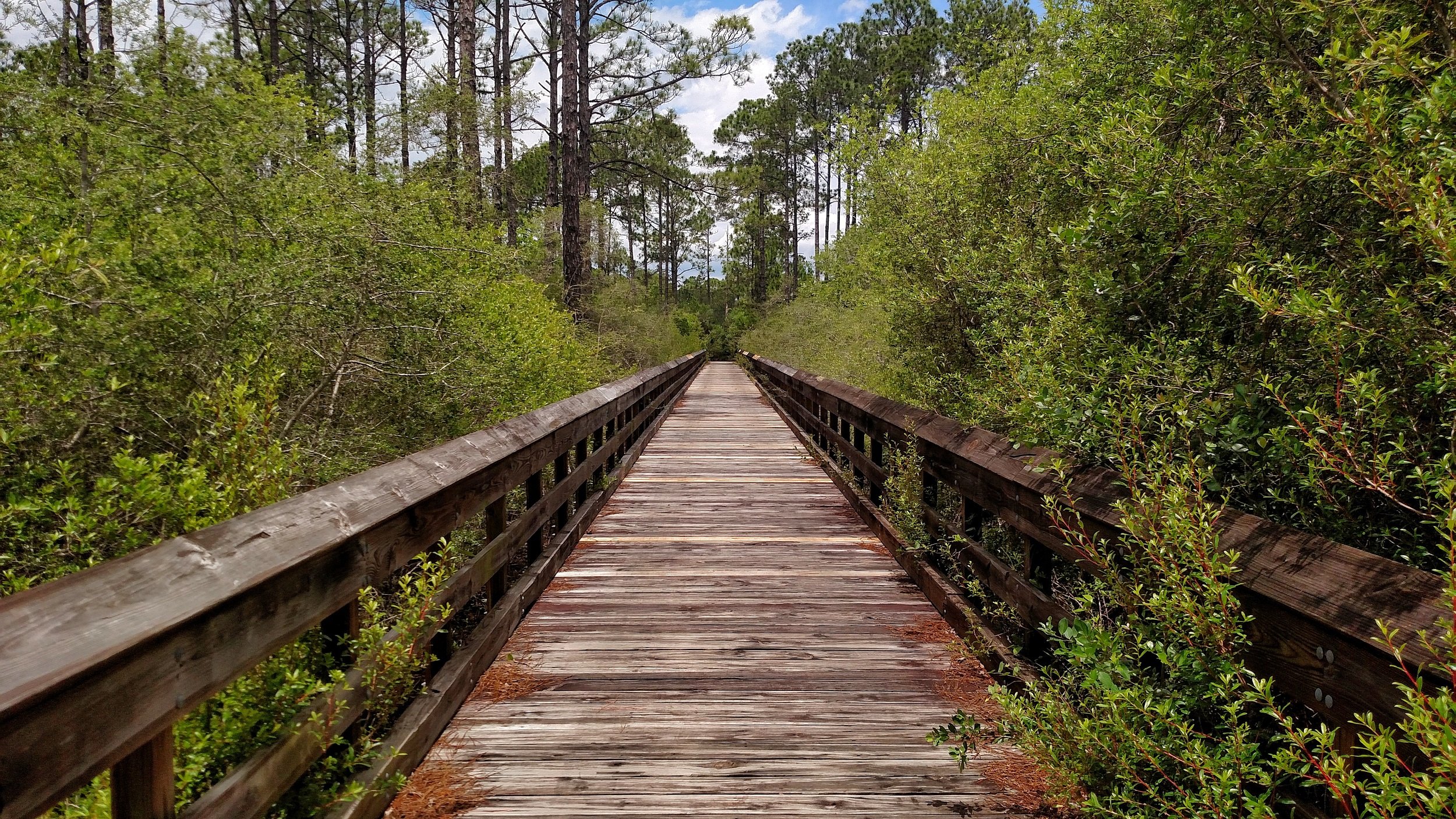
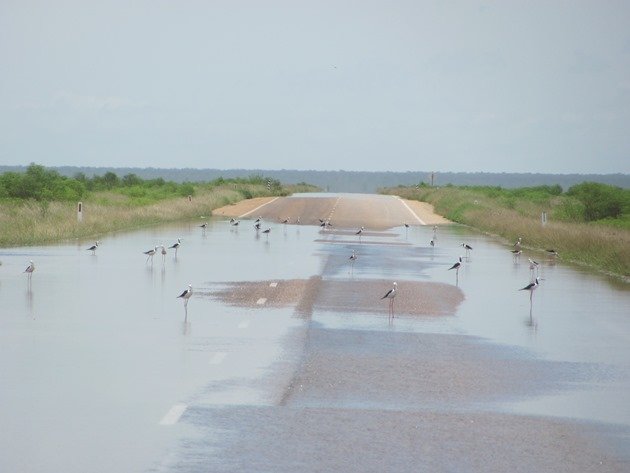

 New writers welcome – please contact us for details.
New writers welcome – please contact us for details.

















Great birds and warm weather…what else could you wish for!? That is a lot of different types of cactus too! Bet they are harder to identify than the birds, though!